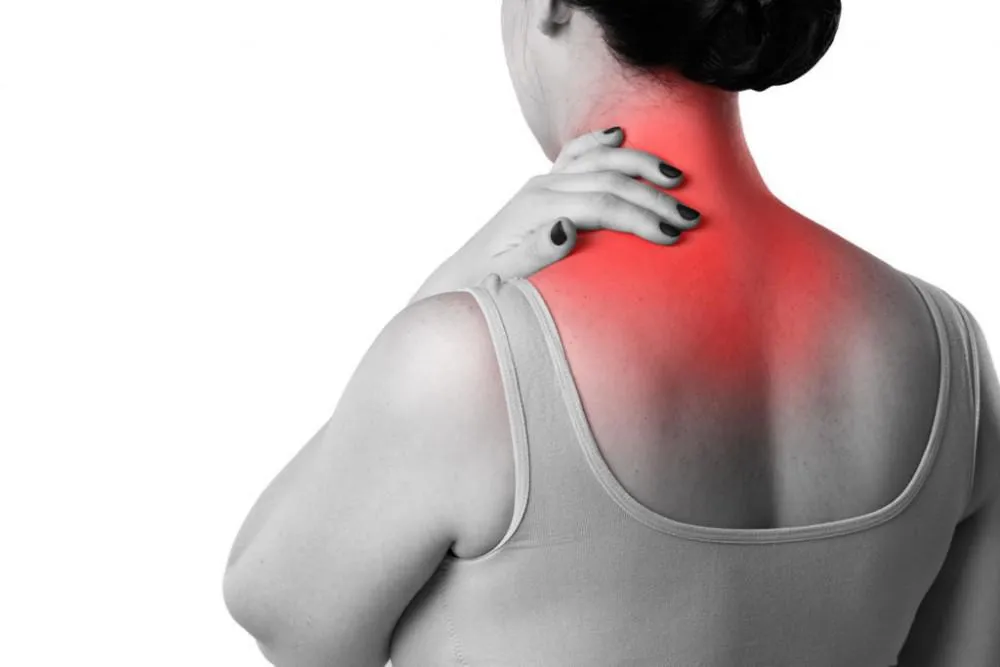Achilles Tendinitis: Symptoms, Causes, Prevention
Achilles tendinitis is a prevalent overuse injury that impacts the Achilles tendon—a critical band of tissue that connects the calf muscles to the heel bone.
Dec. 12, 2023, 5 min read, Articles
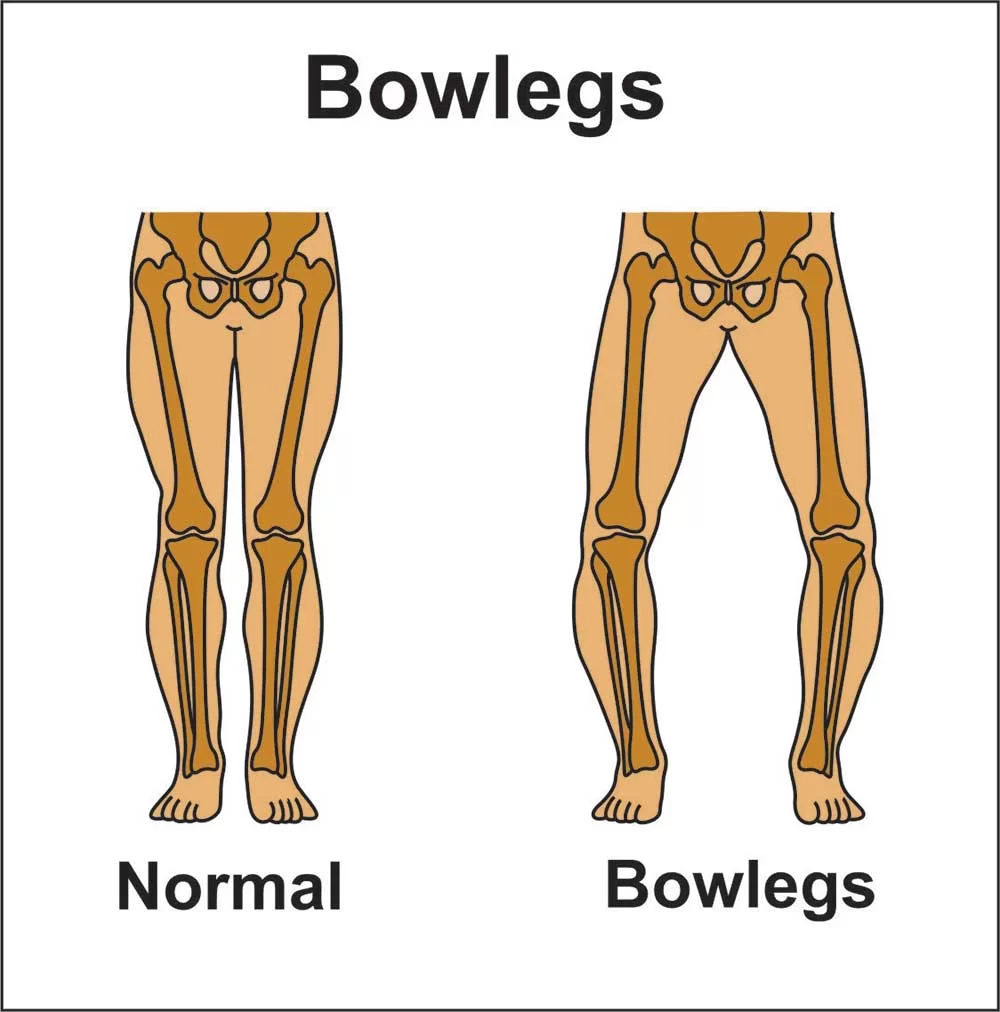
Bow-leggedness, also known as genu varum, is a condition where the legs appear bowed outward at the knees when a person is standing with their feet together. This article delves into the intricacies of bow-leggedness, covering its definition, symptoms, causes, diagnosis, and effective management through osteopathy and physiotherapy. Additionally, it explores natural correction possibilities, preventive measures, and concludes with a comprehensive overview.
Bow legs is a condition characterized by an outward curve of the legs, creating a distinct gap between the knees when the feet are placed together. This curvature can affect one or both legs and may be present from birth or develop over time.
Bow-leggedness, or genu varum, manifests through various symptoms, with visible leg curvature being the primary identifier. Let's delve deeper into the nuanced symptoms associated with bow legs.
1. Visible Outward Curve: The most apparent symptom is the outward curvature of the legs, creating a bow-shaped appearance when standing with feet together. This visual cue is often the initial indication of bow-leggedness.
2. Gait Abnormalities: Bow legs can lead to changes in walking patterns. Individuals may exhibit an altered gait to compensate for the leg curvature, potentially resulting in an uneven distribution of weight while walking.
3. Knee or Joint Pain: In some cases, individuals with bow legs may experience discomfort or pain around the knees or joints. This can be attributed to the stress placed on the joints due to the altered leg alignment.
4. Difficulty in Sitting Cross-Legged: Bow-leggedness may restrict the ability to comfortably sit cross-legged. The curvature of the legs can make certain sitting positions less natural or more challenging.
5. Uneven Shoe Wear: Uneven wear on shoes can be an indirect indicator of bow legs. The uneven distribution of body weight may lead to variations in how shoes wear down over time.
6. Joint Stiffness: The altered alignment of the legs can contribute to joint stiffness, especially in the knees. This stiffness may become more pronounced with age or in cases of untreated bow legs.
7. Decreased Range of Motion: Individuals with bow-leggedness may experience a reduced range of motion in the legs. This can affect activities that require flexibility and may impact overall mobility.
Understanding these symptoms is vital for early recognition and intervention. If you or someone you know is experiencing these signs, seeking consultation with healthcare professionals is essential. Timely diagnosis allows for the implementation of appropriate measures to manage and address bow-leggedness effectively.
It's important to note that while bow legs are common in infants and toddlers as part of normal development, persistent or worsening bowing beyond early childhood may warrant further evaluation. Osteopathy and physiotherapy can play pivotal roles in managing symptoms and promoting optimal leg alignment, contributing to improved overall musculoskeletal health.
Effectively managing bow-leggedness involves a holistic approach, with osteopathy and physiotherapy playing integral roles in addressing the underlying causes and promoting optimal leg alignment. Let's delve into the detailed strategies employed by these therapeutic interventions.
1. Postural Correction: Osteopathic treatments focus on correcting posture to alleviate stress on the legs. By assessing the musculoskeletal system, osteopaths employ hands-on techniques to realign the spine, pelvis, and lower limbs, contributing to improved leg alignment.
2. Muscle Balancing: Imbalances in muscle tension can contribute to bow-leggedness. Osteopaths work on rebalancing muscle groups through targeted manipulations, stretches, and exercises. This approach aids in promoting equalized forces on the bones and joints.
3. Joint Mobilization: Gentle joint mobilization techniques may be applied to improve joint flexibility. This can enhance the range of motion in the knees and other affected joints, facilitating more natural movements.
4. Patient Education: Osteopaths educate patients on lifestyle modifications and exercises to support the effectiveness of treatments. This may include guidance on maintaining proper posture, engaging in specific exercises, and adopting ergonomic practices.
1. Muscle Strengthening: Physiotherapists design targeted exercises to strengthen specific muscle groups, particularly those contributing to leg alignment. Strengthening the muscles around the knees and thighs helps provide better support to the bones.
2. Stretching Routines: Stretching exercises are incorporated to enhance flexibility and reduce the tension in muscles contributing to bow-leggedness. Improved flexibility supports a more natural leg position.
3. Gait Training: Physiotherapists focus on gait training to improve walking patterns. Techniques are employed to ensure even weight distribution, reducing the impact of bow-leggedness on the overall gait.
4. Customized Exercise Plans: Tailored exercise plans are crafted based on individual assessments. These plans address the specific needs and challenges posed by bow-leggedness, aiming for comprehensive improvement.
Managing bow-leggedness with osteopathy and physiotherapy is a personalized journey. The success of these interventions depends on factors such as the severity of the condition, the age of the individual, and their commitment to follow prescribed exercises and lifestyle recommendations.
It's important to note that while these approaches can contribute significantly to improved leg alignment, individual responses may vary. Regular follow-ups with healthcare professionals ensure ongoing assessment and adjustments to the treatment plan, fostering the best possible outcomes for individuals dealing with bow-leggedness. If you or someone you know is experiencing symptoms of bow-leggedness, seeking professional guidance ensures a tailored and effective management plan.
Bow-leggedness is a condition that can arise from various factors, impacting both children and adults. Early diagnosis and intervention, including osteopathy and physiotherapy, play crucial roles in managing and correcting bow legs. Natural correction is possible with timely care and attention to factors contributing to the condition. Additionally, adopting preventive measures, such as proper nutrition and regular exercise, can contribute to overall musculoskeletal health. If you suspect bow-leggedness, consulting with healthcare professionals for a comprehensive assessment and tailored treatment plan is essential for promoting optimal leg alignment and functionality.
Achilles tendinitis is a prevalent overuse injury that impacts the Achilles tendon—a critical band of tissue that connects the calf muscles to the heel bone.
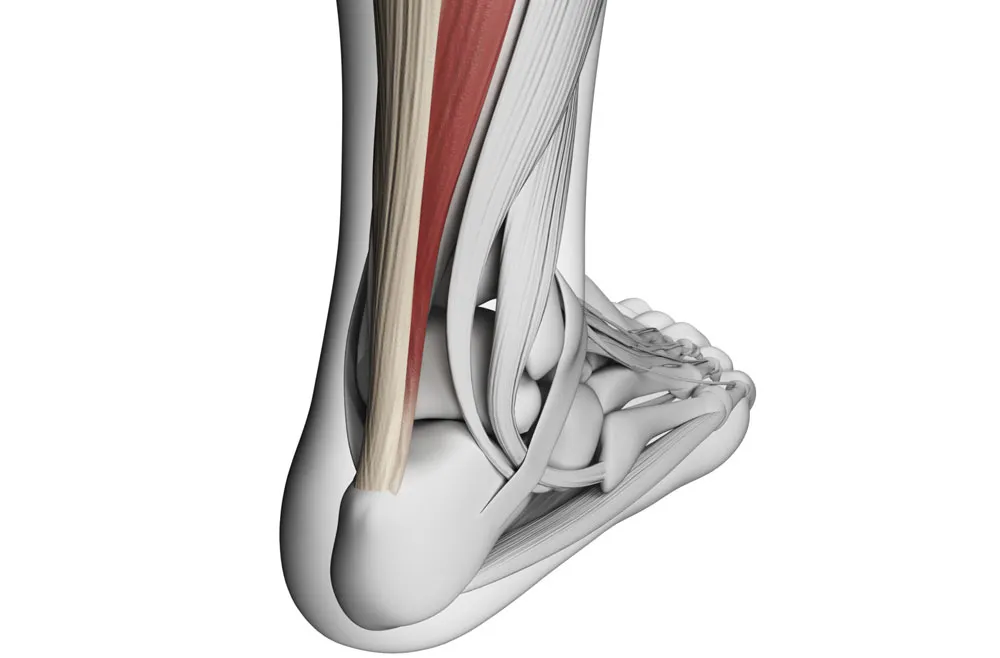
Back pain is a prevalent and often debilitating condition that can affect individuals of all ages and walks of life.
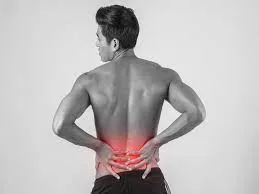
Arthritis is a common and often painful condition that affects millions of individuals worldwide. It's not a single disease but rather a group of more than 100 different types of joint-related conditions.
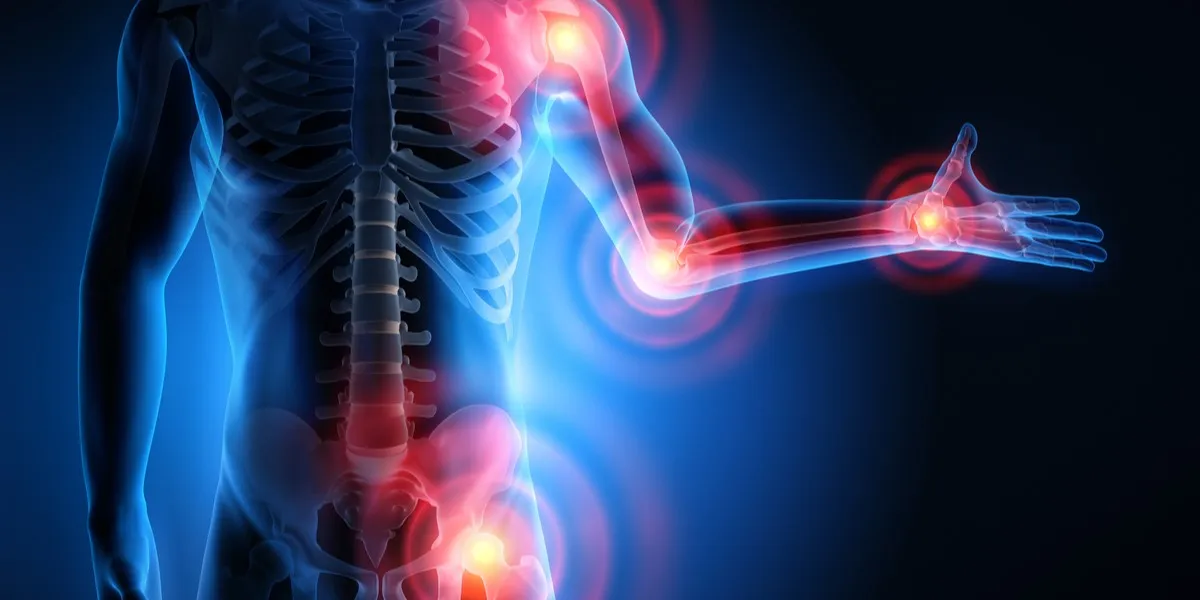
Ankle injuries are prevalent in the world of sports and can be a significant setback for athletes.
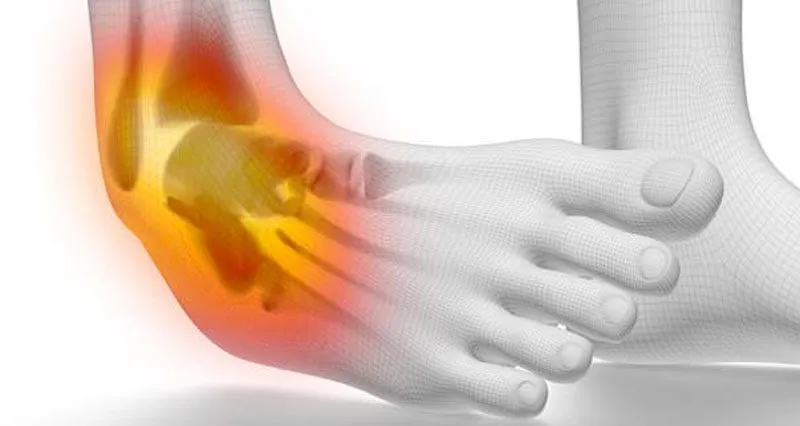
Amyotrophic Lateral Sclerosis (ALS), often referred to as Lou Gehrig's disease, is a progressive neurodegenerative disorder that affects nerve cells in the brain and spinal cord.
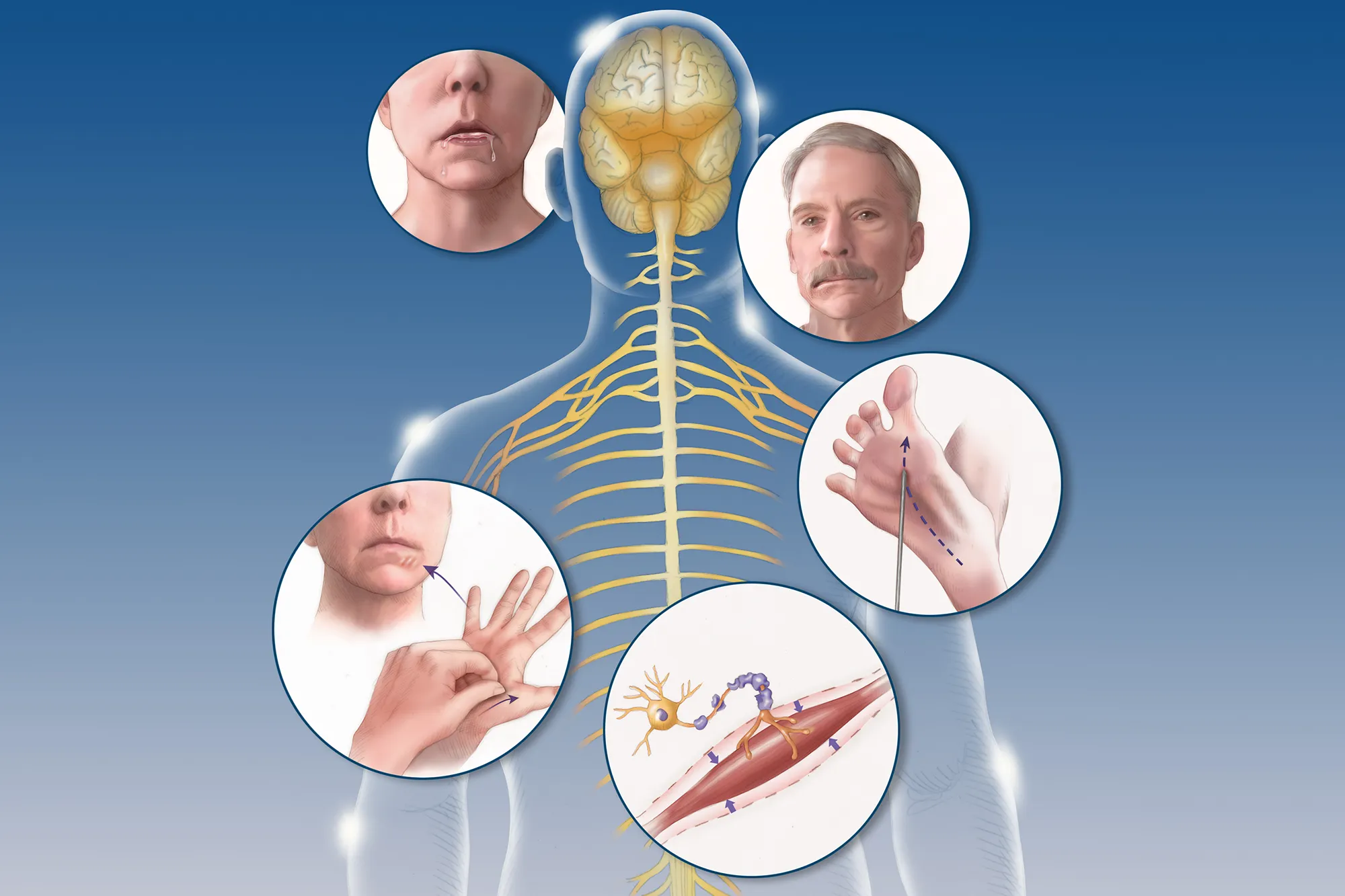
Degenerative Disc Disease (DDD) is a common condition that affects the intervertebral discs in the spine.
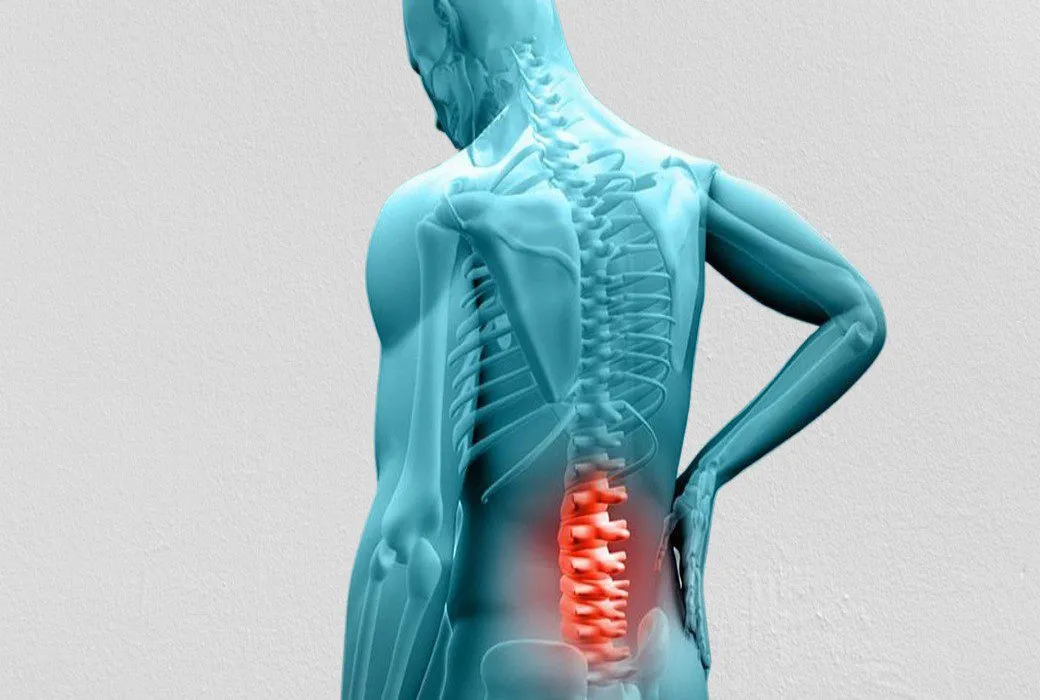
Myalgic Encephalomyelitis/Chronic Fatigue Syndrome (ME/CFS) is a perplexing and debilitating condition that impacts individuals, often altering their daily lives and challenging conventional understanding.
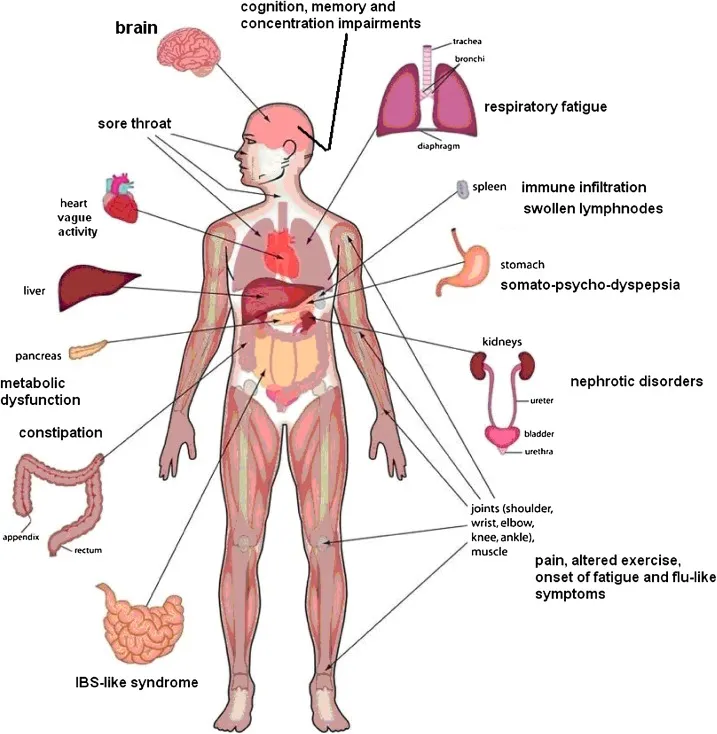
Muscular dystrophy encompasses a group of diseases leading to progressive muscle weakness and loss of muscle mass. The development of abnormal genes disrupts the production of necessary proteins crucial for healthy muscle function.
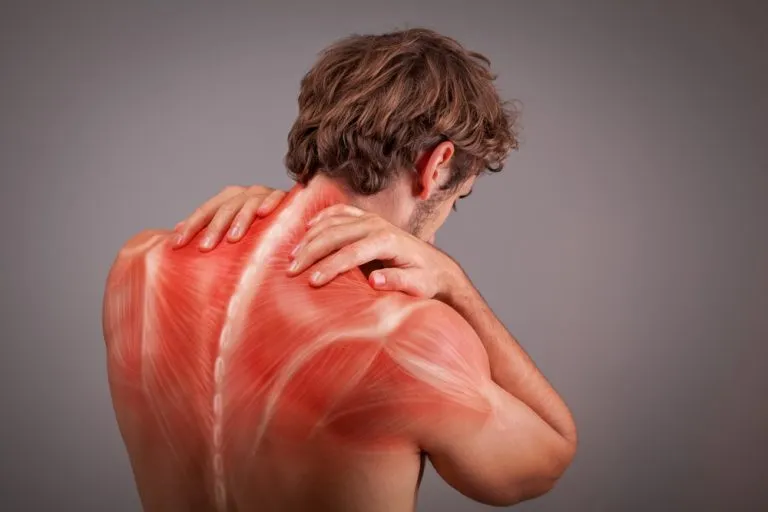
Fibromyalgia stands as a complex and often misunderstood condition characterized by widespread musculoskeletal pain, fatigue, and sleep disturbances
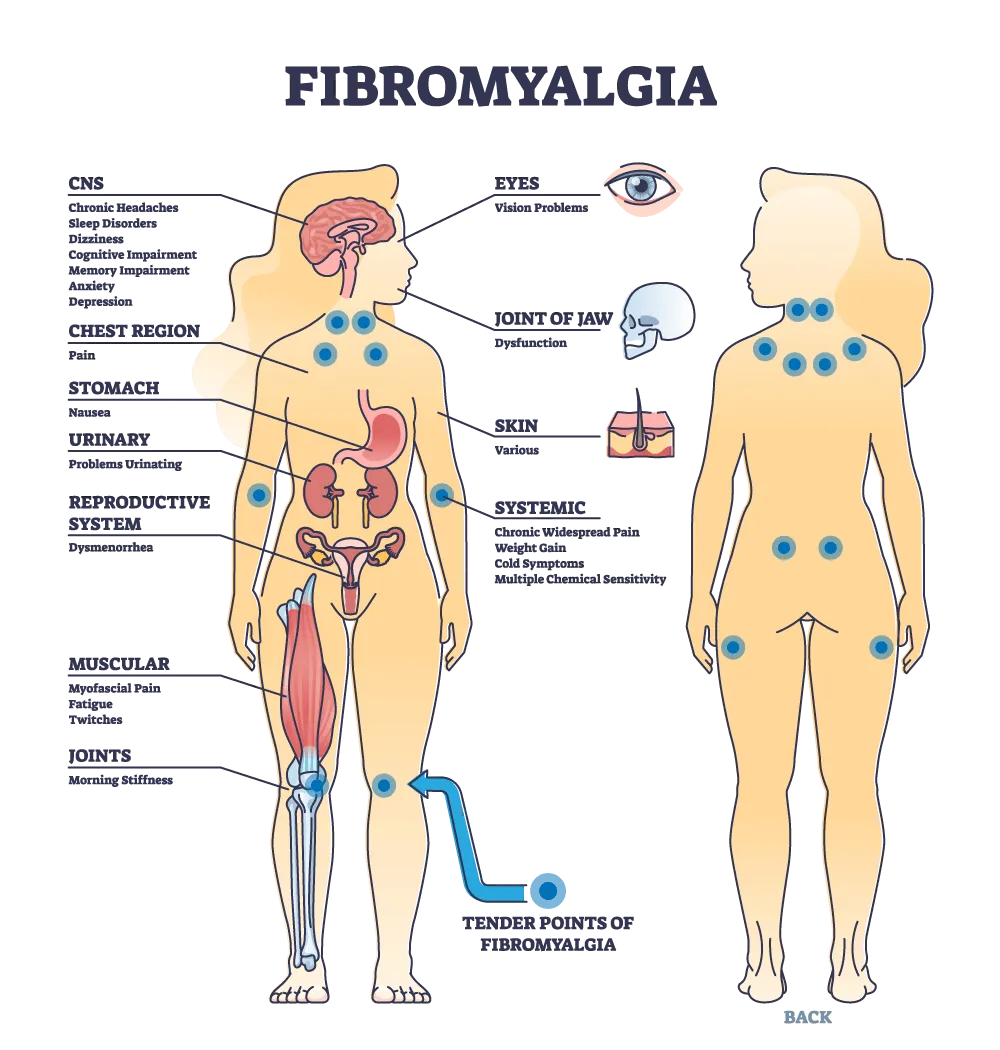
Bunions, medically referred to as "hallux valgus," are a common and often painful foot deformity that affects the joint at the base of the big toe.
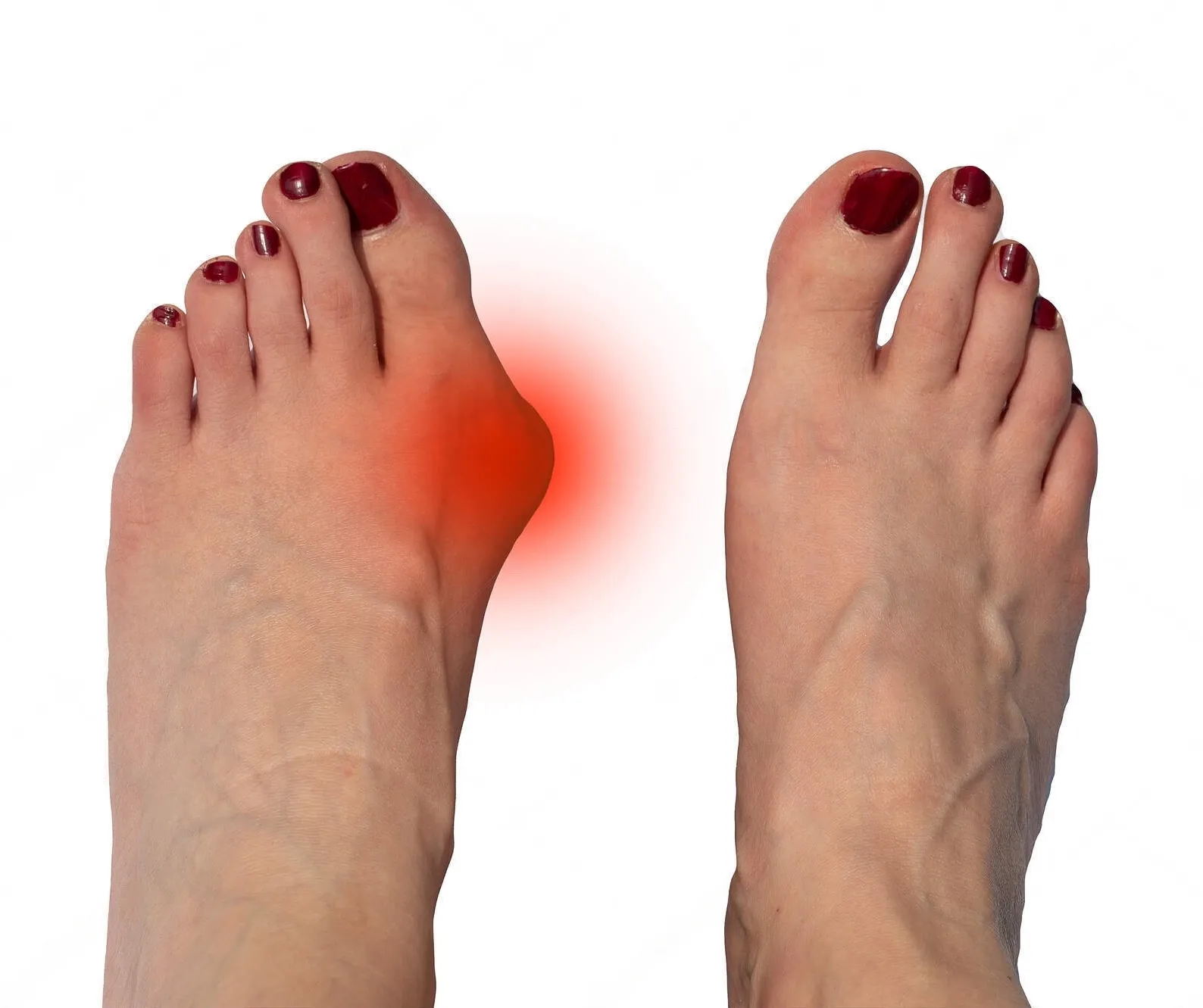
Herniated disc symptoms can be debilitating, causing pain, numbness, and mobility limitations.
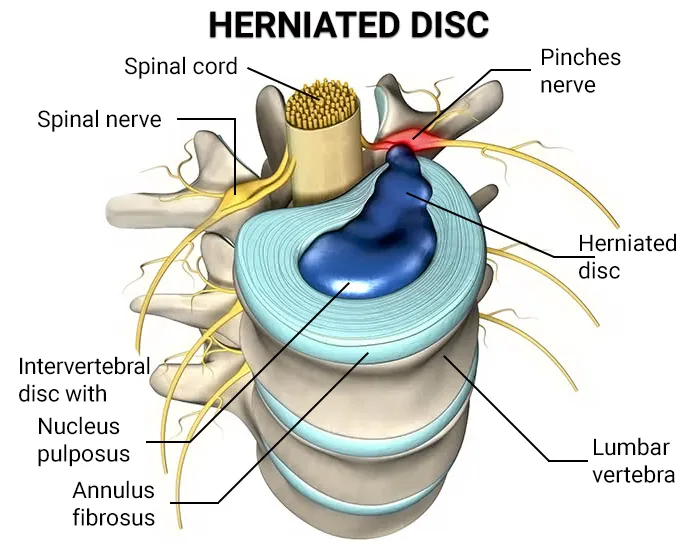
A heel spur is a bony growth that pokes out below your back heel bone inside of your foot. Heel spurs happen when stress and strain damages your foot ligaments.
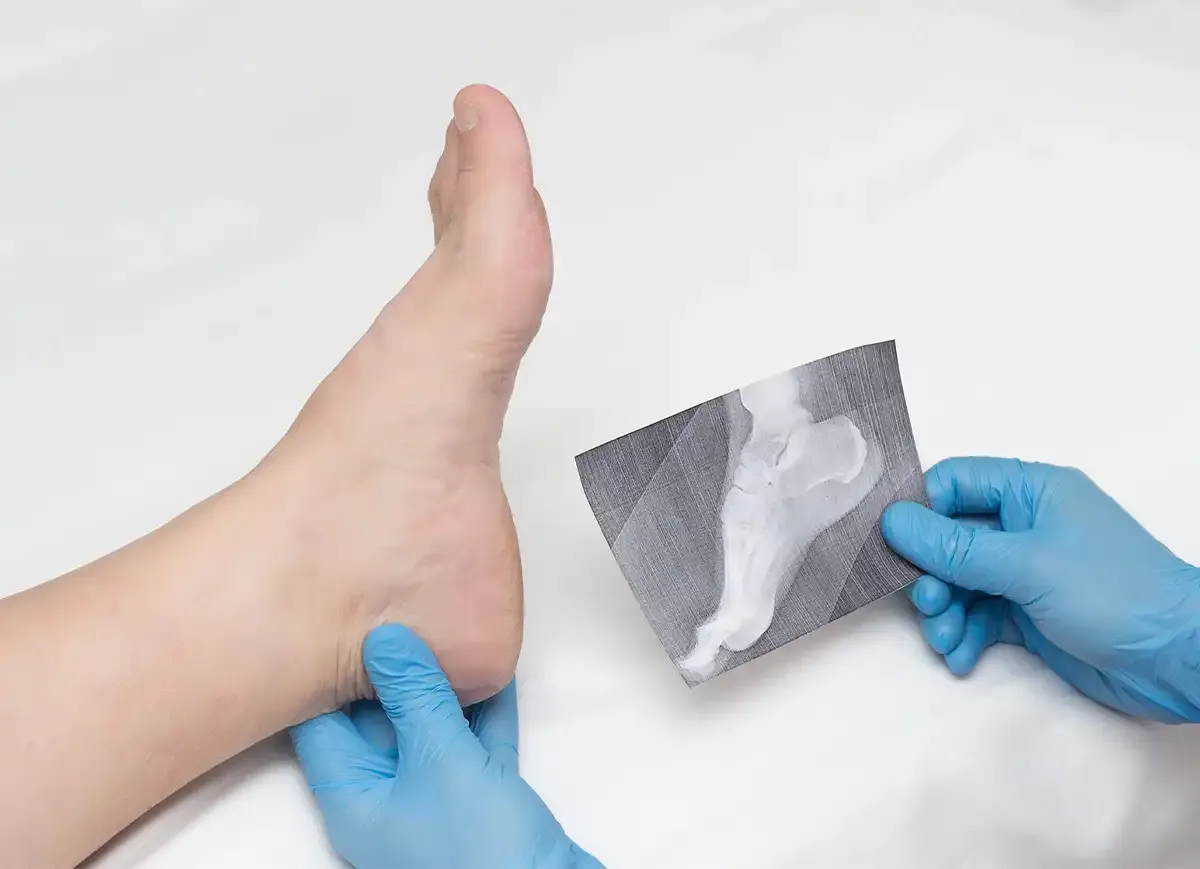
Knee pain is a widespread issue that can significantly impact a person's mobility and quality of life.Knee pain is a widespread issue that can significantly impact a person's mobility and quality of life.
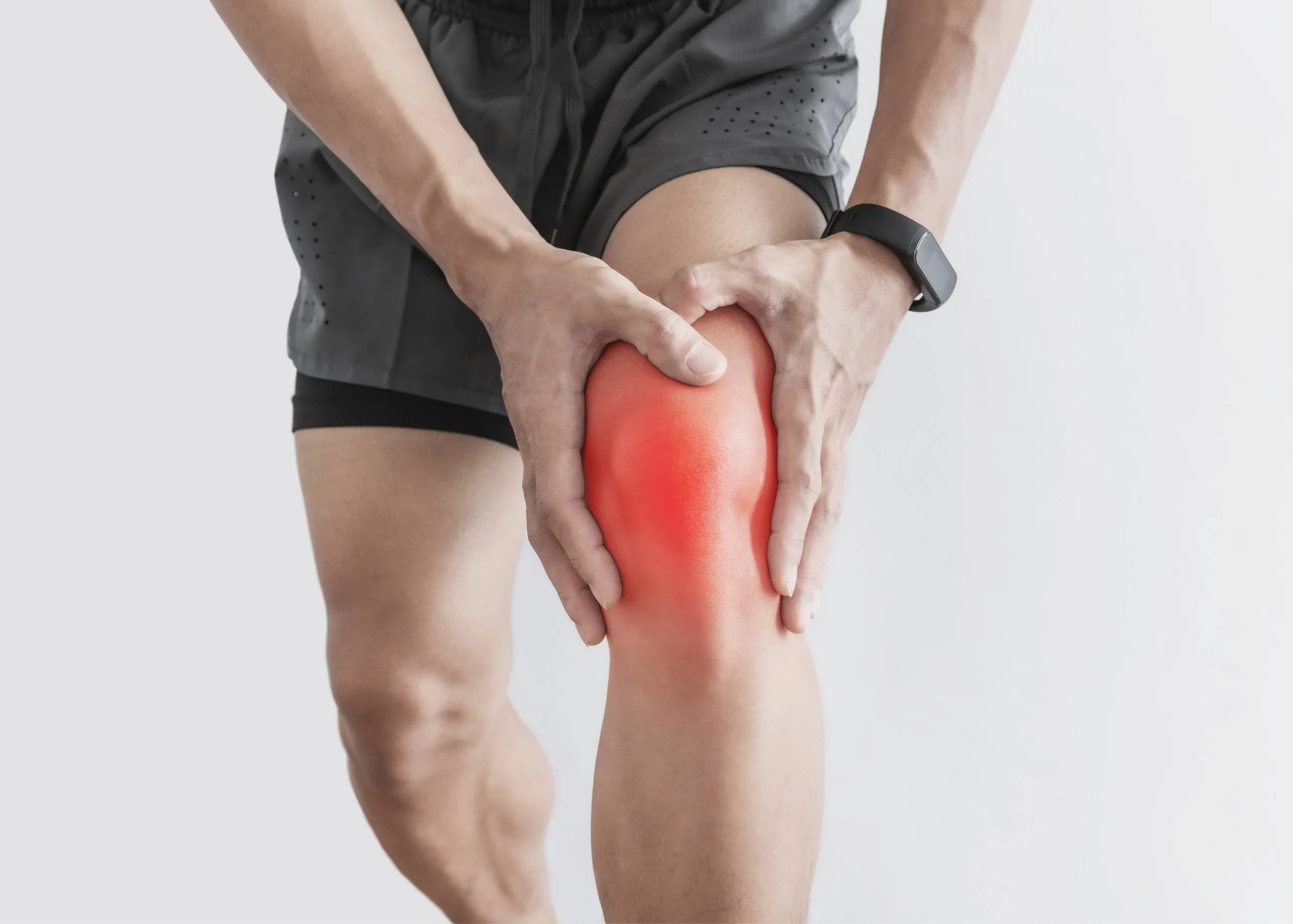
Heel pain can be a nagging and uncomfortable issue that affects many people. In this article, we will explore the various causes of heel pain, common symptoms associated with it, and the available treatments that can help you find relief and get back to your active lifestyle.
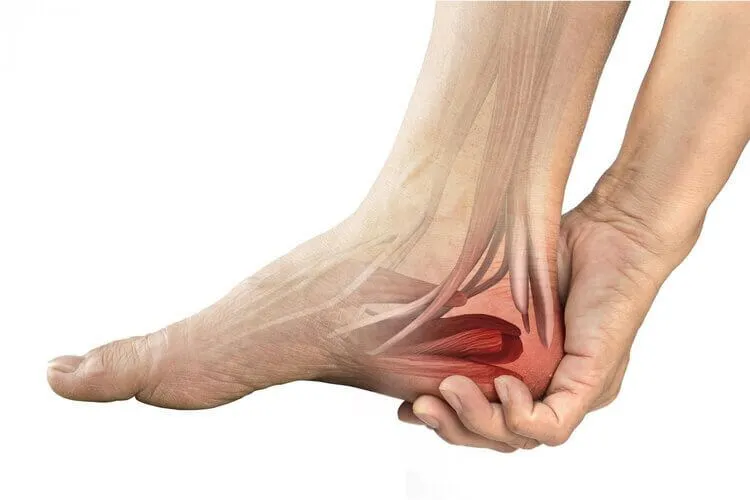
Military Neck, also referred to as Cervical Kyphosis, is a condition that affects the natural curvature of the cervical spine, resulting in the loss of its typical curve.
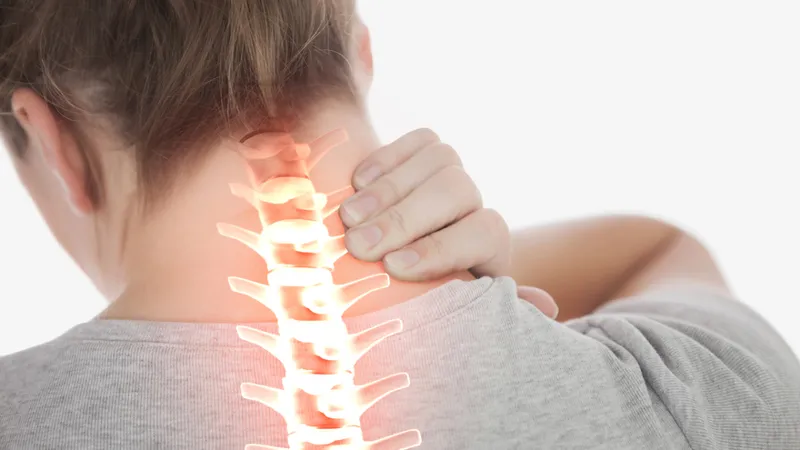
Migraines and headaches are prevalent neurological disorders that affect a significant portion of the population.
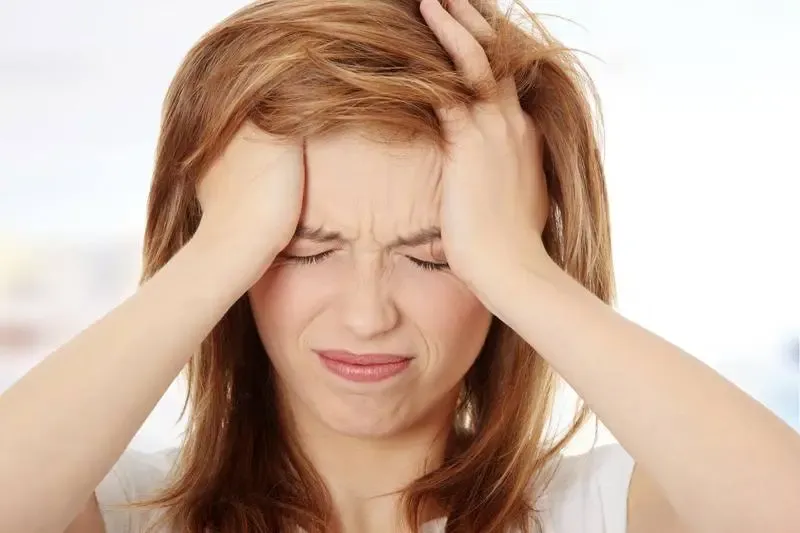
Lymphedema is a chronic condition characterized by the accumulation of lymphatic fluid, leading to persistent swelling, typically in the arms or legs.
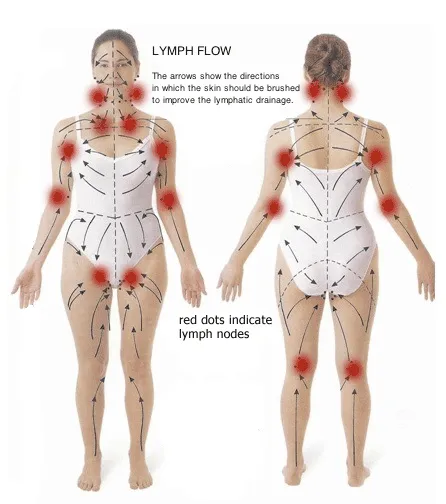
Plantar fasciitis is a common and often painful foot condition that affects millions of people worldwide.
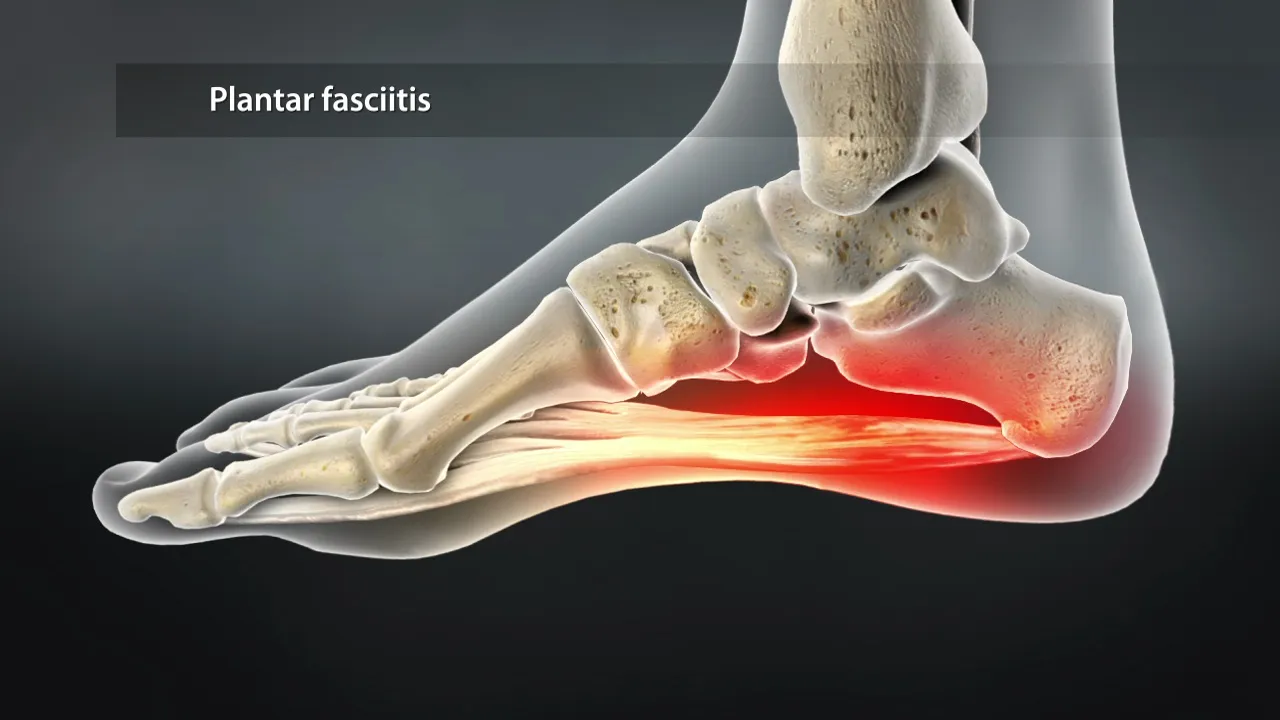
Piriformis syndrome is a perplexing condition, often overshadowed by more common sources of hip and lower back pain.
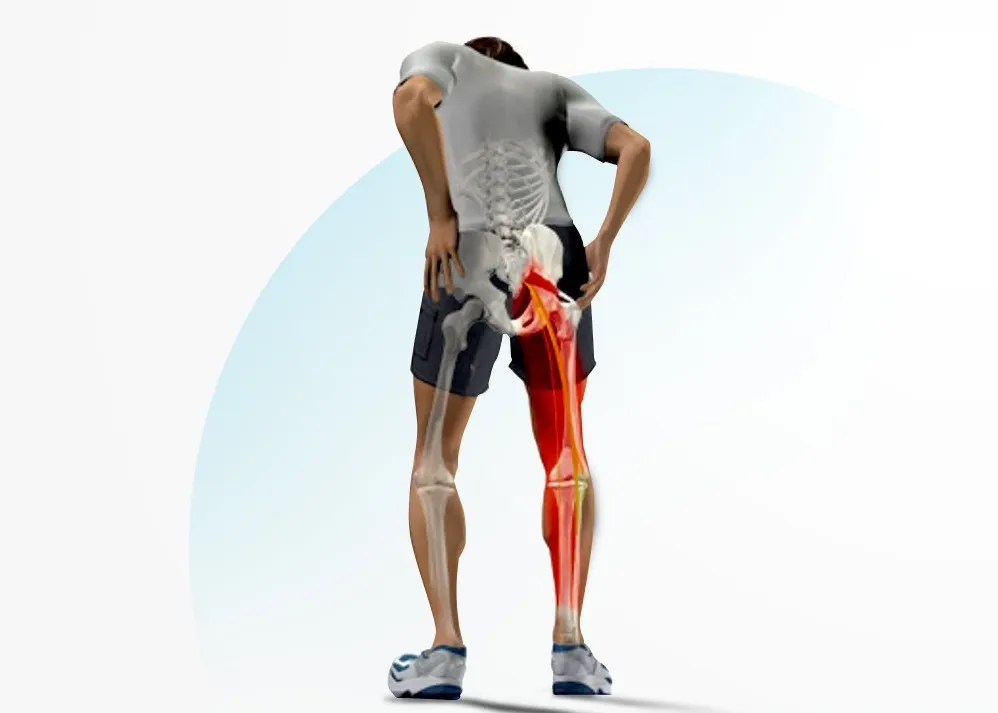
motor vehicle accidents (MVA) can result in a wide range of injuries, from minor bruises to severe trauma. in the aftermath of such incidents, seeking prompt medical attention is crucial for assessing and addressing any injuries sustained.
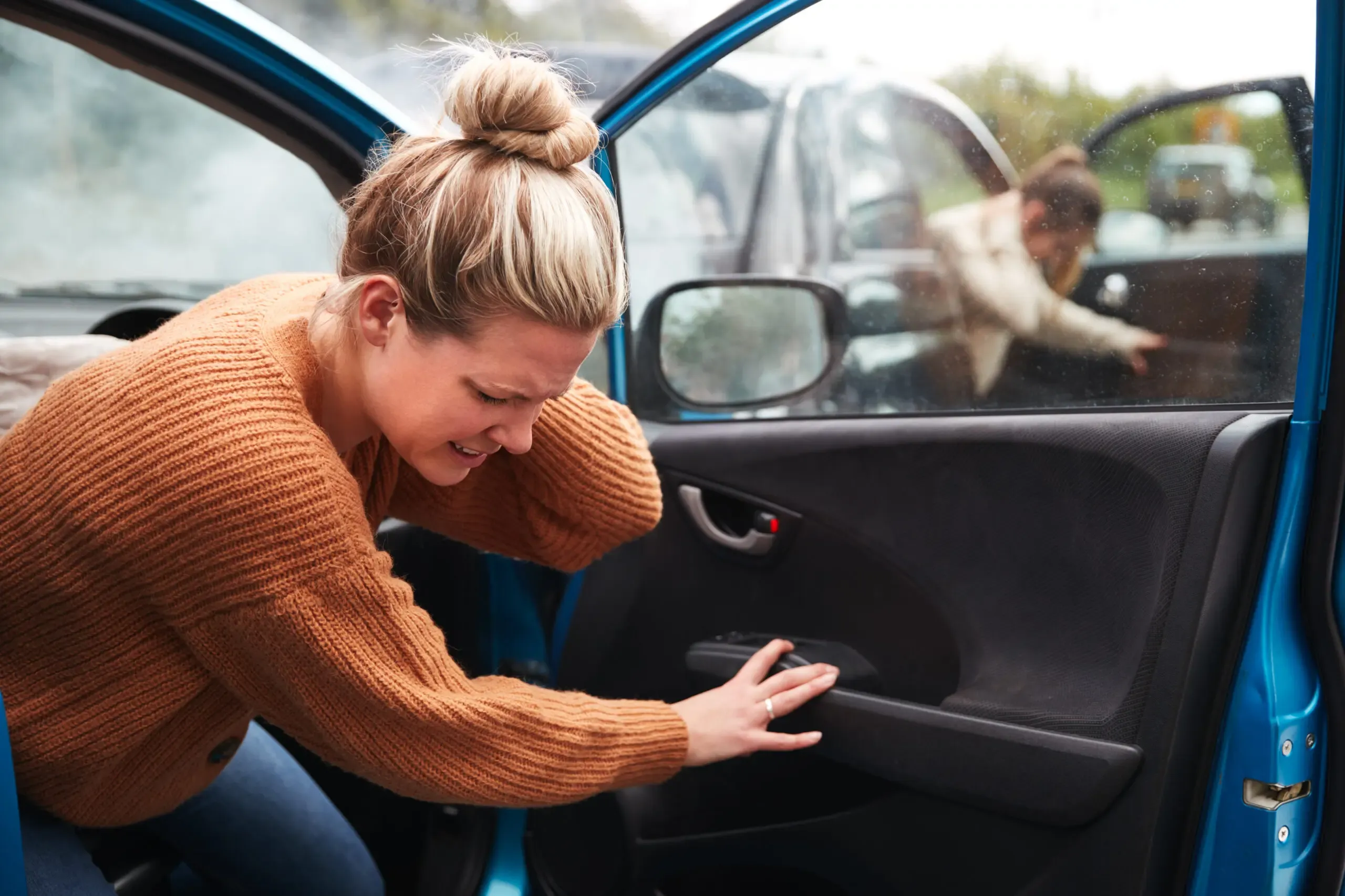
Sarcopenia is the gradual loss of muscle mass that can affect people in their 30s and beyond. WebMD explains its symptoms, causes, diagnosis, and treatments.
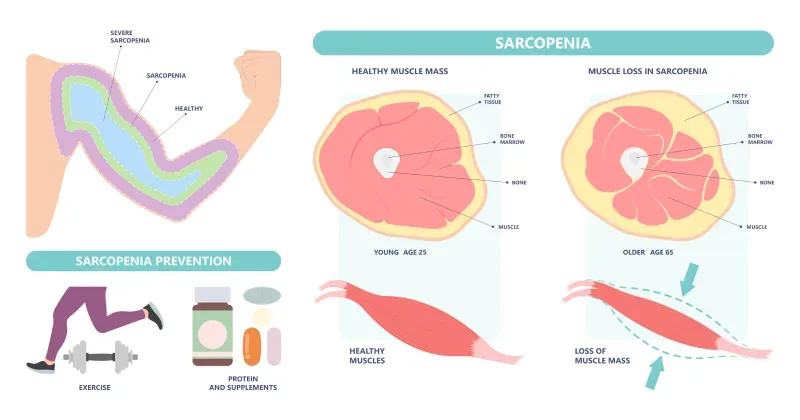
Spinal stenosis, a prevalent spinal condition, is characterized by the narrowing of the spinal canal, leading to discomfort and neurological symptoms.

The sacroiliac joint, a crucial junction between the sacrum and the ilium bones in the pelvis, plays a pivotal role in supporting the weight of the upper body.
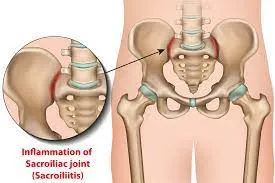
A rotator cuff injury can be a painful and limiting condition, impacting the functionality of the shoulder.
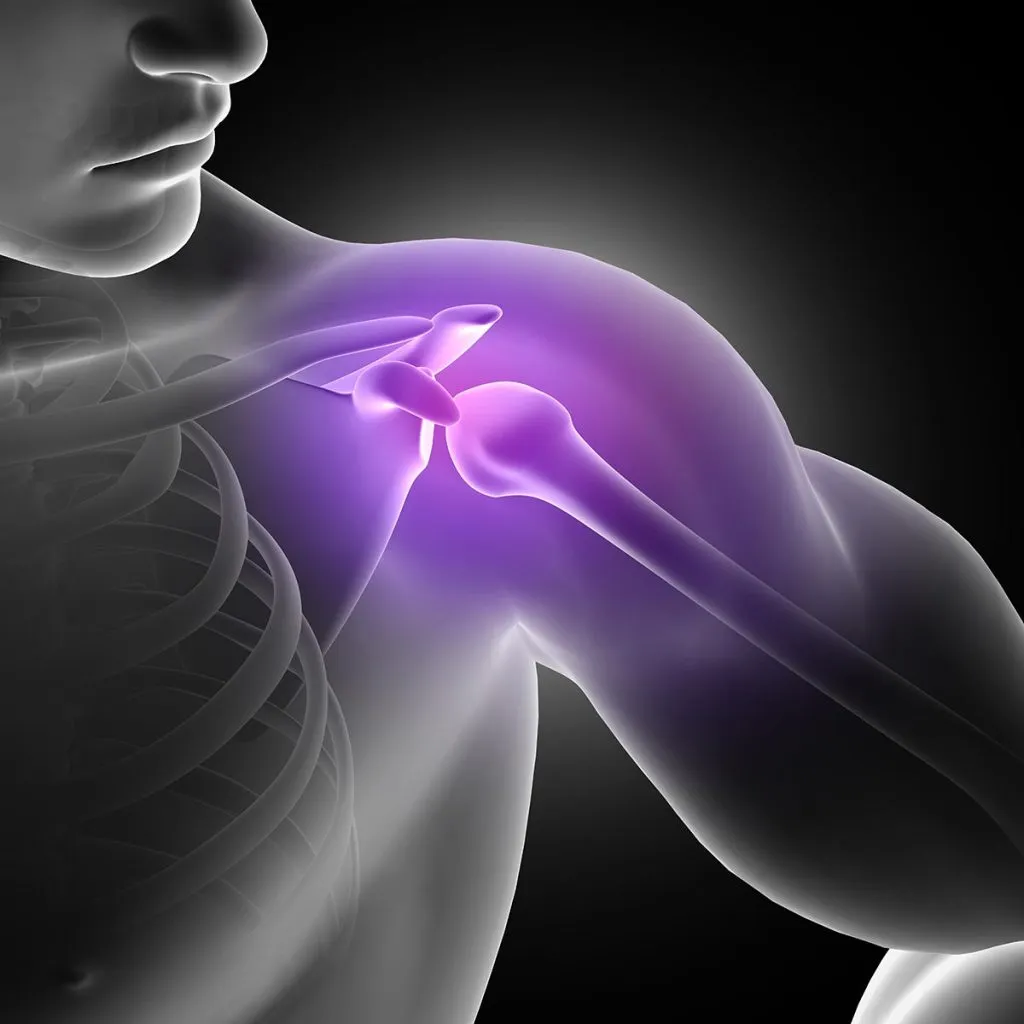
Suffering from lower back pain from sitting? It could be from poor ergonomics in your workplace. Learn more with these tips for how to alleviate pain from sitting.
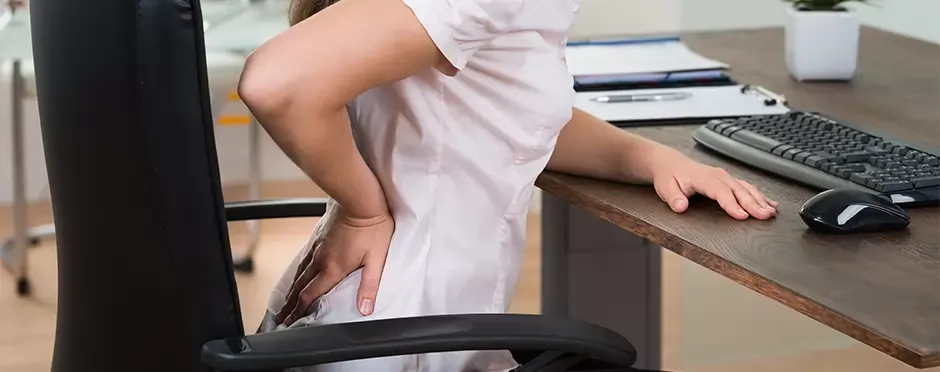
Sciatica is a painful and often debilitating condition that affects numerous individuals worldwide.
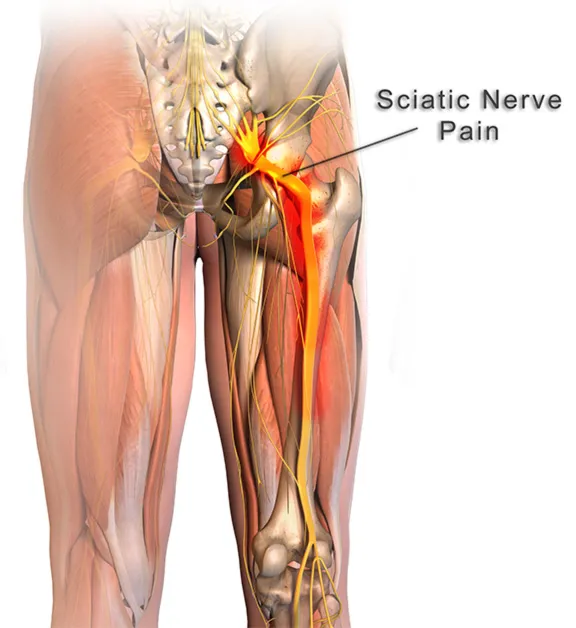
Gluteal tendinopathy is a condition that affects the tendons in the gluteal region, leading to pain and restricted mobility.
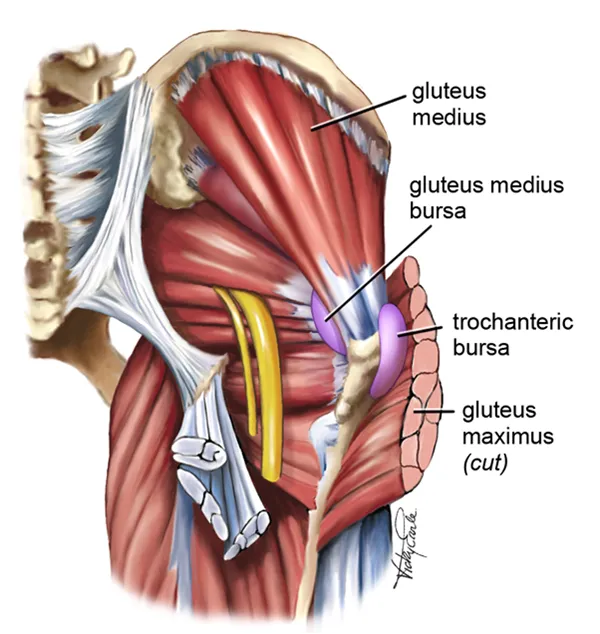
Tennis Elbow, also known as Lateral Epicondylitis, is a painful condition that affects the tendons in the forearm, causing discomfort and limited mobility in the elbow and wrist.
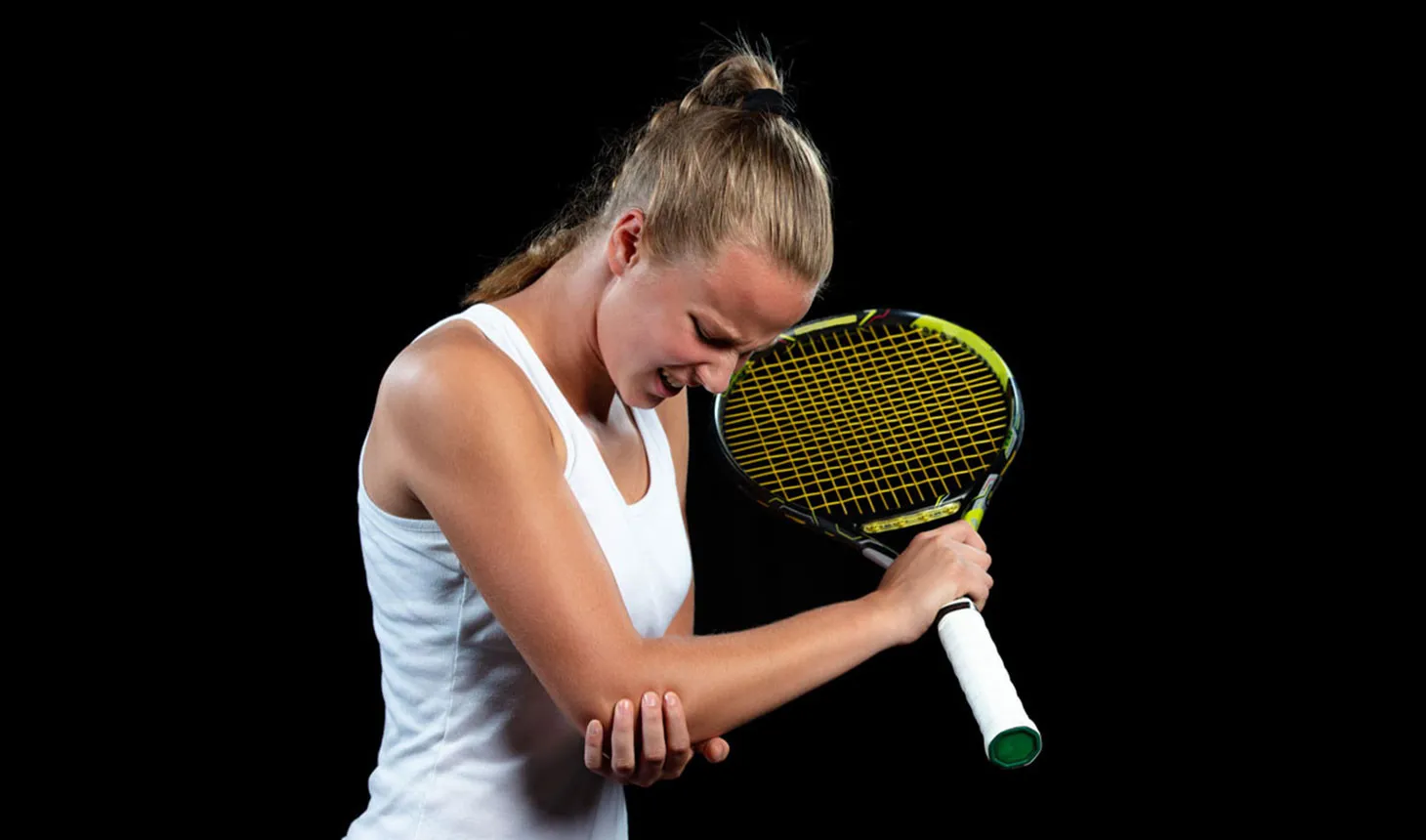
The temporomandibular joint (TMJ) serves as a pivotal mechanism, allowing us to perform everyday activities such as speaking, chewing, and yawning with ease. However, when this complex joint encounters issues, it can lead to Temporomandibular Joint Syndrome (TMJ syndrome).
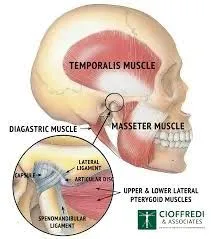
Tarsal Tunnel Syndrome (TTS) is a common and often painful condition affecting the tarsal tunnel—a narrow passage in the ankle.
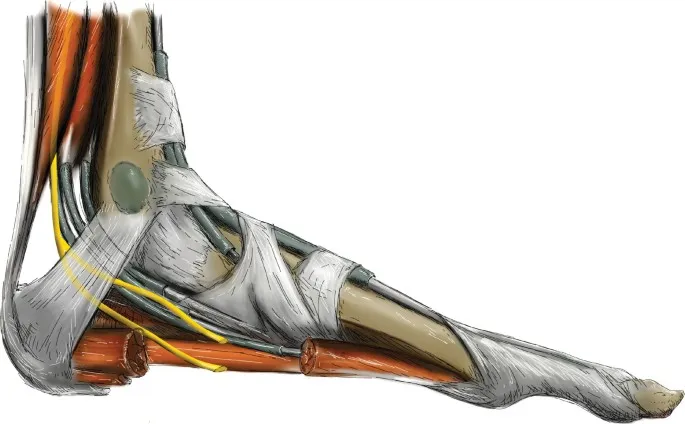
Explore the impact of time-restricted eating on heart health. Learn about the connection between diet and cardiovascular risk.
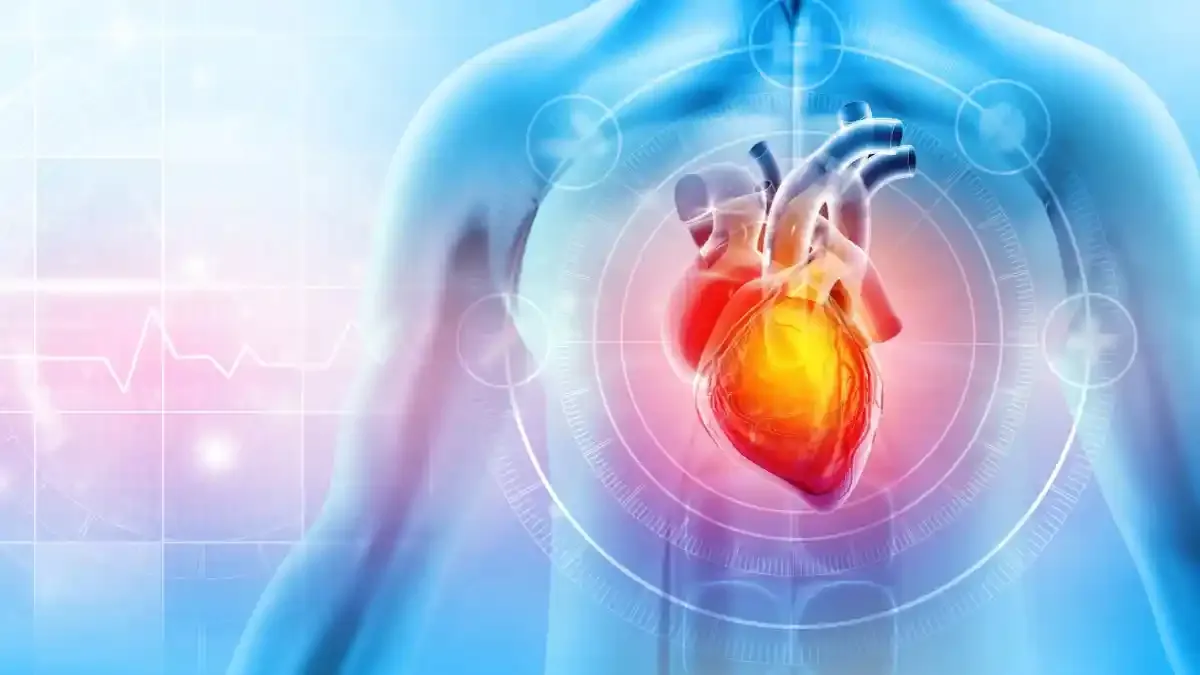
Most cases of foot or ankle pain are short term and are caused by soft tissue injuries, such as sprains or strains. You can usually ease the pain yourself But see York Rehab Clinic if the pain does not improve.
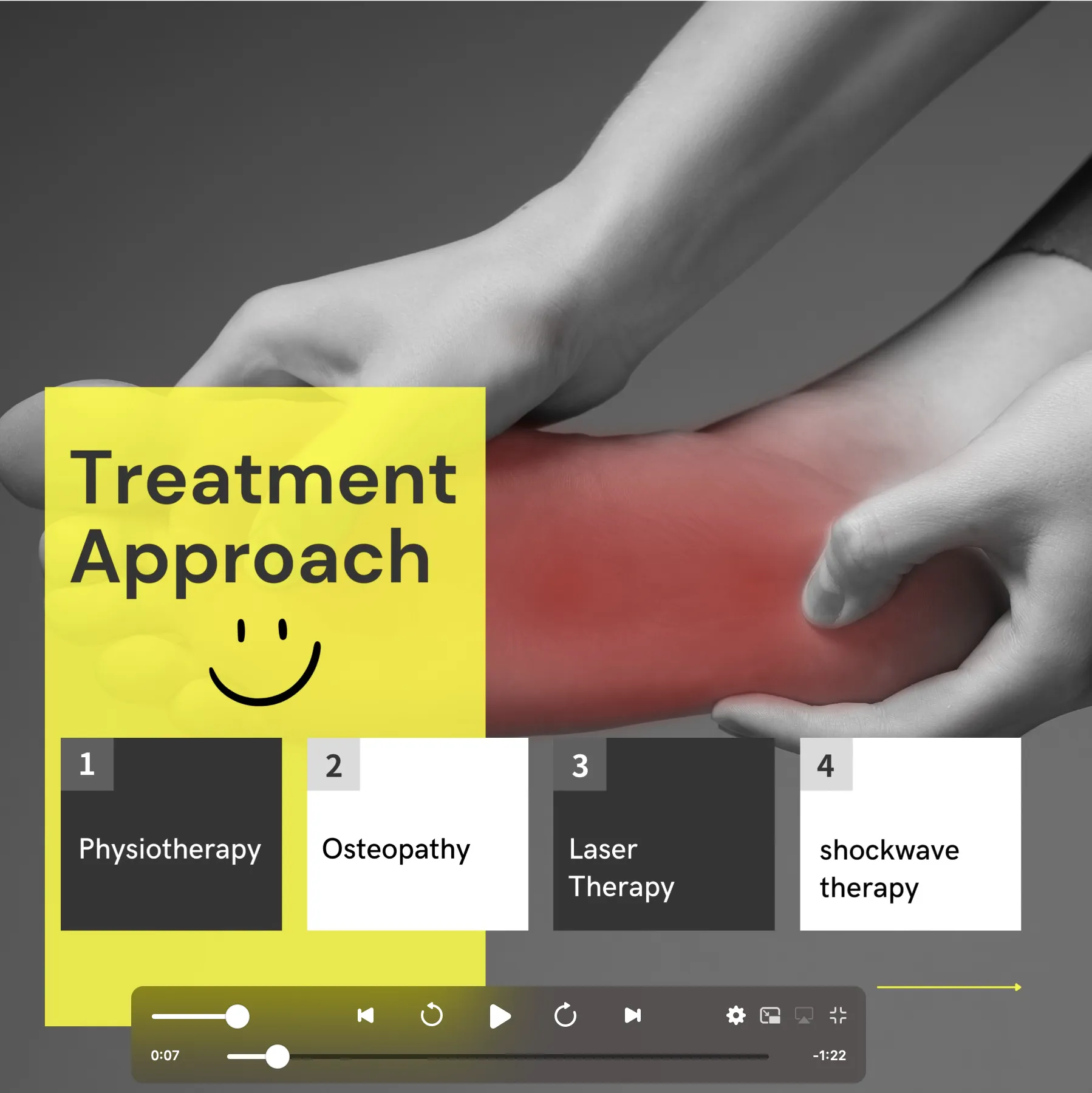
This article explores the complexities of Parkinson’s Disease and sheds light on the therapeutic benefits offered by osteopathy and physiotherapy.
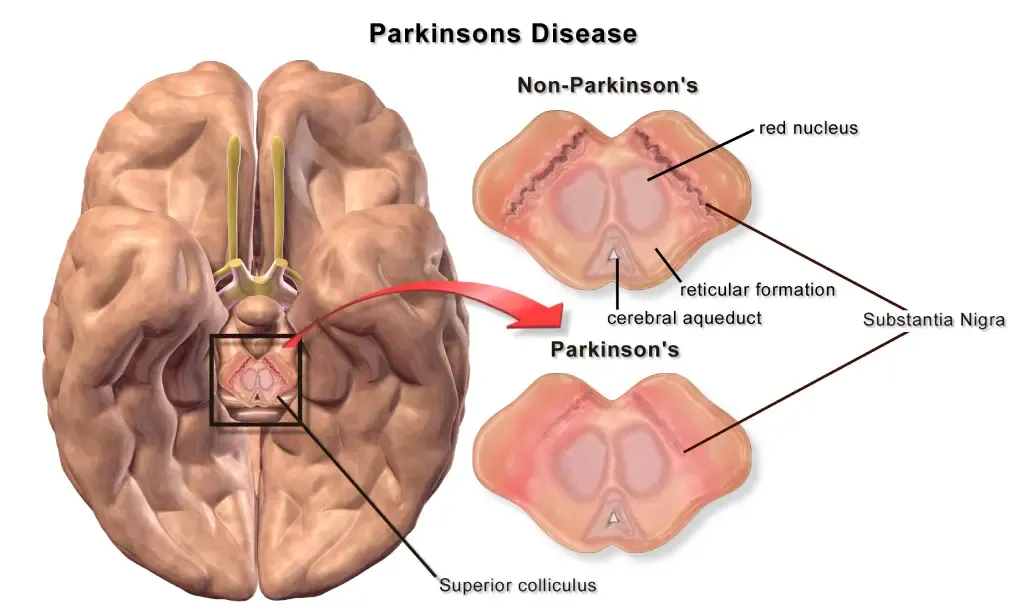
Cervical spondylosis, a prevalent condition, unfolds as a result of wear and tear on the spinal discs in the neck.
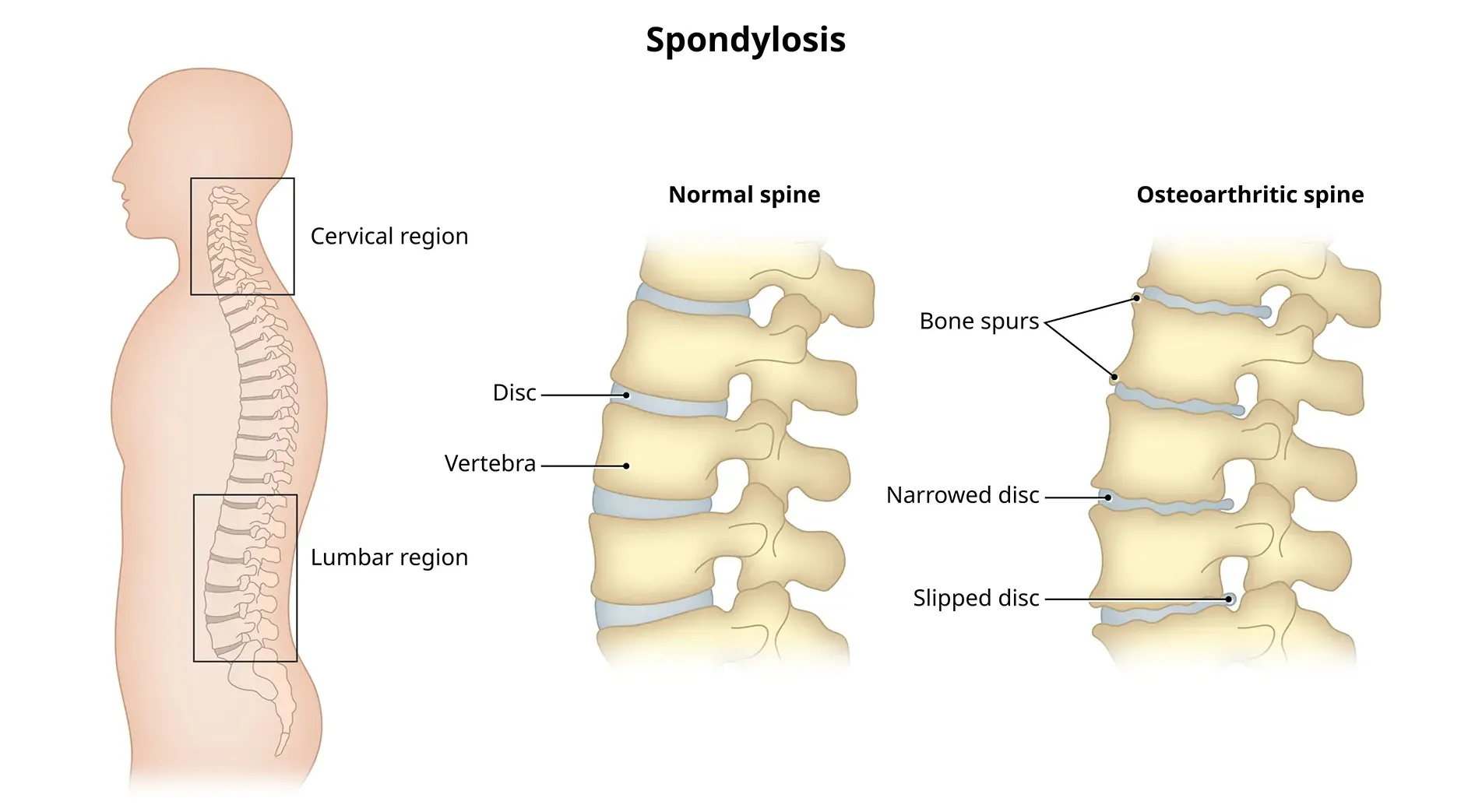
A dowager’s hump, a curve at the base of your neck, can cause extreme fatigue, back pain and headaches.
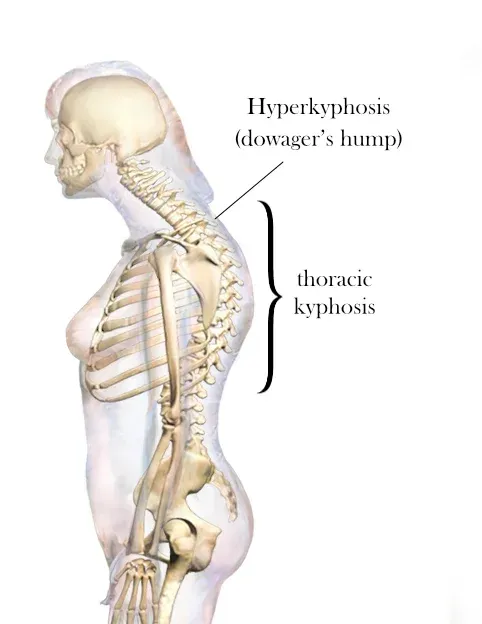
Flat feet cause pain, muscle strain, and fatigue. Treatments can ease discomfort. Symptoms include ankle pain, muscle fatigue and changes in walking.
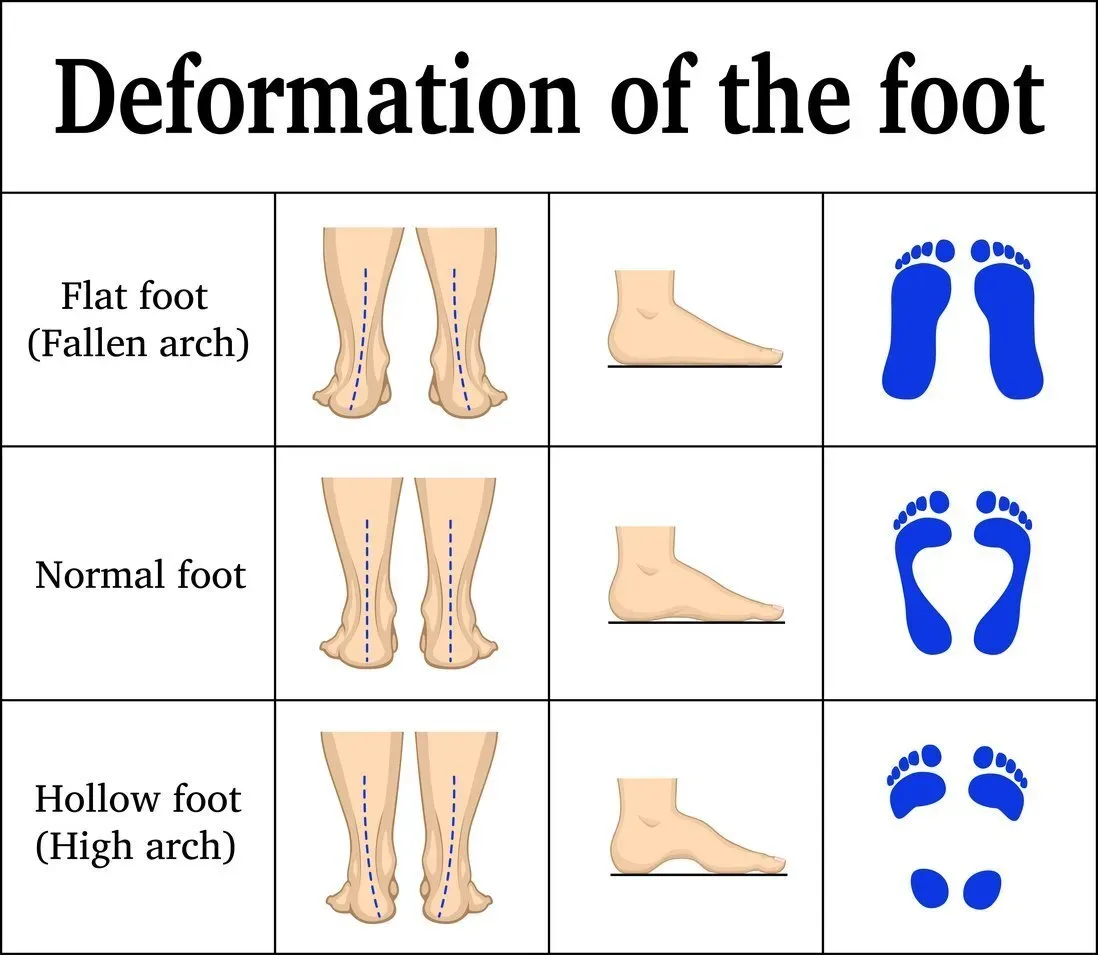
Traumatic brain injury (TBI) often results from a violent blow or jolt to the head or body, causing various physical and psychological effects.
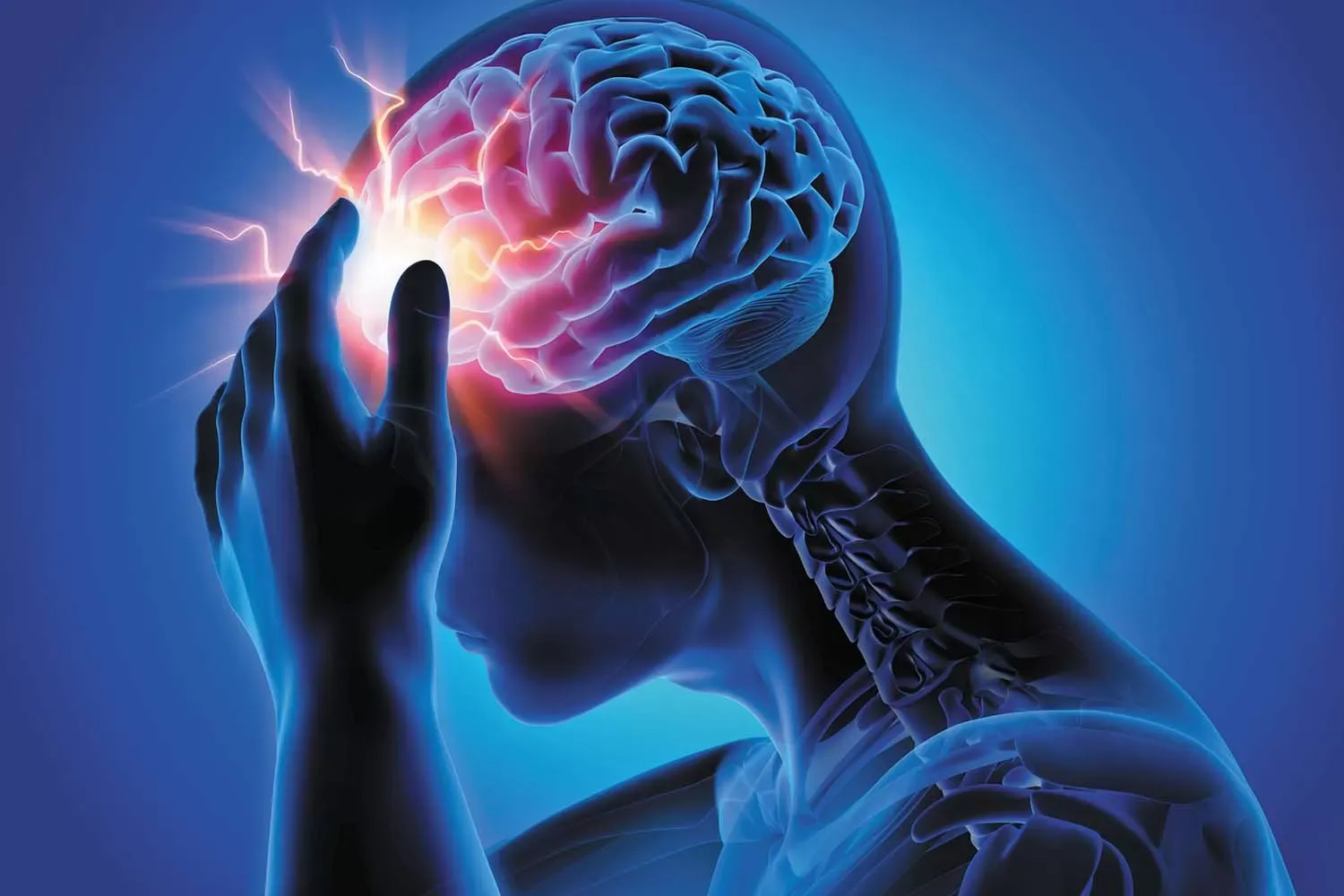
Introduction: Neck stiffness can be a discomforting and limiting condition that affects people of all ages.
